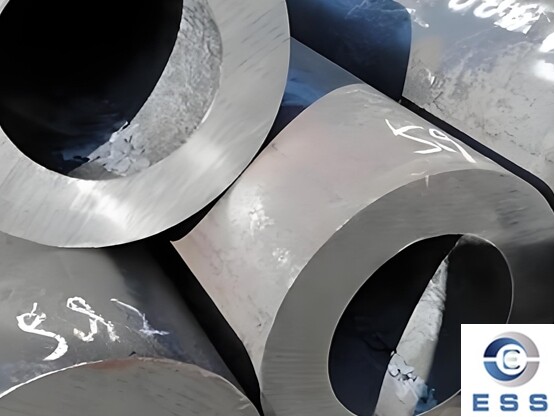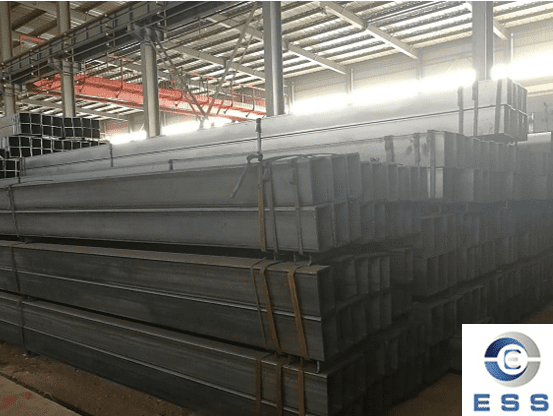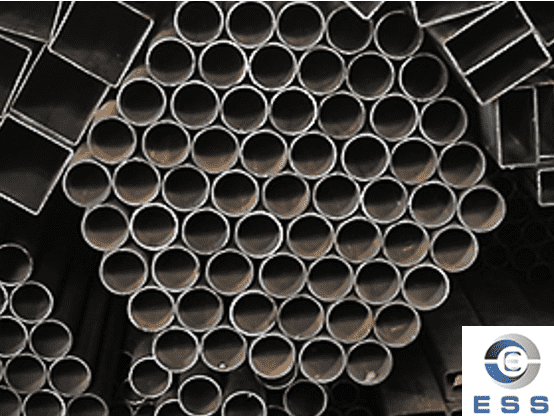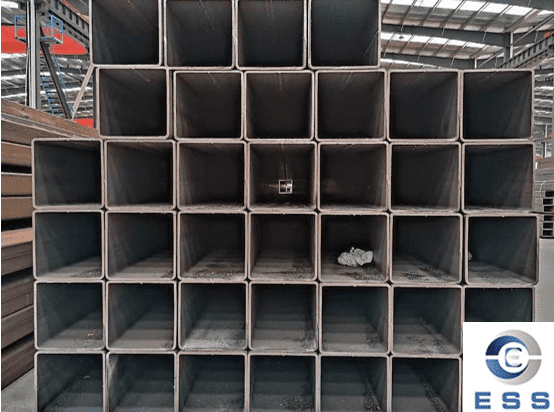
Mild
steel tube is one of the important carbon
steel pipes in the steel industry. Its production process involves two
processes, cold stamping and hot rolling. There are obvious differences between
these two processes in the production process. This article will introduce the
difference between cold stamping and hot rolling of mild steel tube in detail.
Cold stamping process of mild steel tube
The cold stamping process is to stamp the
mild steel tube at room temperature to obtain parts of the required shape and
size. Its core feature is to change the shape and size of the pipe by
mechanical force to meet specific parts requirements. The advantages of the
cold stamping process are:
1. High precision and high quality
Due to processing at room temperature, cold
stamping mild steel tubes can maintain high dimensional accuracy and surface
quality, which is suitable for parts with high precision requirements.
2. High efficiency and low cost
The cold stamping process does not require
heating, has low energy consumption, high production efficiency, and obvious
cost advantages.
3. Diversified mild steel tubes
Cold punching can produce plates or parts
of various shapes and specifications, such as round tubes, square tubes, rectangular
tubes, oval tubes, etc., to meet the needs of different application
scenarios.
However, the limitation of the cold
punching process is that it has high requirements for material plasticity, and
certain internal stress may be generated during the processing, affecting the
subsequent performance of the material
Hot rolling process of mild steel tubes
The hot rolling process is to roll mild
steel tubes at high temperatures to obtain pipes of the required shape and
size. Its core feature is to achieve the forming of pipes through
high-temperature plastic deformation. The main advantages of the hot rolling
process include:
1. High plasticity and toughness
High-temperature processing refines the
grain size of the material, and the mild steel tube has better plasticity and
toughness, which is suitable for structural parts and load-bearing parts.
2. High material utilization rate
The hot rolling process can make full use
of materials, reduce waste, have high production efficiency and low cost.
3. Diversified mild steel tubes
Hot rolling can produce pipes of various
specifications such as round tubes, square tubes, and special-shaped tubes to
meet a wide range of application needs.
However, the disadvantage of the hot
rolling process is that the surface quality is relatively poor, and high
temperature treatment may have a certain impact on material properties, such as
grain coarsening or oxide layer formation.
Performance comparison between cold
stamping and hot rolling
1. Dimensional accuracy and surface
quality
Since the cold stamping process is based on
hot-rolled steel plates and is carried out at room temperature, its mild steel
tube has good dimensional accuracy and surface quality.
The hot rolling process is carried out at
high temperature, so its mild steel tube has good plasticity and toughness, but
the surface quality is relatively poor.
2. Material properties
Cold stamping mild steel tubes are
processed at room temperature and basically have no effect on material
properties.
Hot-rolled mild steel tubes may have a
certain impact on material properties due to high temperature treatment.
3. Applicable scenarios
The cold stamping process is suitable for
parts with high precision and high surface quality.
The hot rolling process is more suitable
for structural parts with high requirements for plasticity and toughness.
Process selection suggestions
In actual production, the selection of cold
stamping or hot rolling process should be considered comprehensively according
to specific needs and product requirements:
1. High precision and surface quality
requirements
For example, automotive parts, home
appliance shells, etc., cold stamping process should be selected.
2. High plasticity and toughness
requirements
For example, building structural parts,
mechanical bearing parts, etc., hot rolling process should be selected.
3. Cost and efficiency requirements
Hot rolling process has more cost
advantages in large-scale production, while cold stamping process is more
competitive in small batch and high-precision production.
Summary
In summary, the cold stamping and hot
rolling processes of mild steel tubes have obvious differences in production
process and mild steel tube performance. In the production process, the
appropriate process should be selected according to the specific needs and
requirements of mild steel tubes. At the same time, mild steel tubes produced
by different processes should also be used reasonably according to their
characteristics and application fields.
Read more: Difference between mild steel pipe and carbon steel pipe













 Eastern Steel Manufacturing Co.,Ltd not only improve product production and sales services, but also provide additional value-added services. As long as you need, we can complete your specific needs together.
Eastern Steel Manufacturing Co.,Ltd not only improve product production and sales services, but also provide additional value-added services. As long as you need, we can complete your specific needs together.










